How to Identify Mold Type By Color-9 Mold Colors
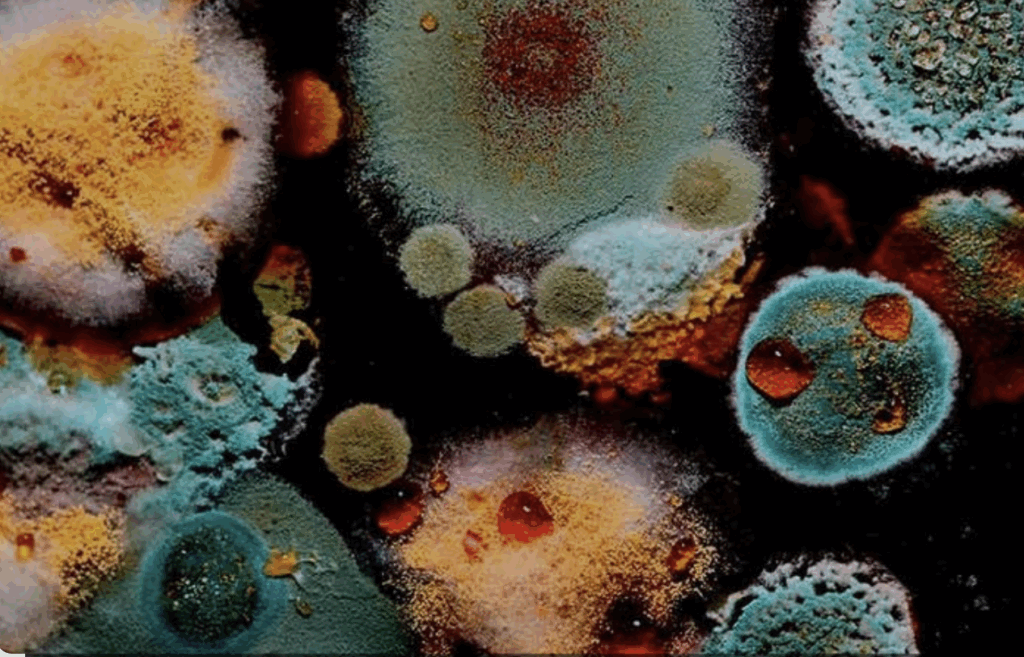
Identifying Mold Types by Colors
The main means of identifying molds involve looking closely at the structure, spore, and growth morphology, which isn’t easily done without access to a lab.
When you spot mold in your home, one of the first things you might notice is its color. Mold can appear in many shades—green, black, white, yellow, and more. But can color alone tell you what type of mold you’re dealing with?
Not exactly.
While mold color might offer a few clues, it’s not a reliable way to identify mold species or determine toxicity. True mold identification requires examining spores and structural characteristics under a microscope—something only lab testing can accurately do.
However, understanding what certain mold colors might indicate can help you take the next steps toward remediation.
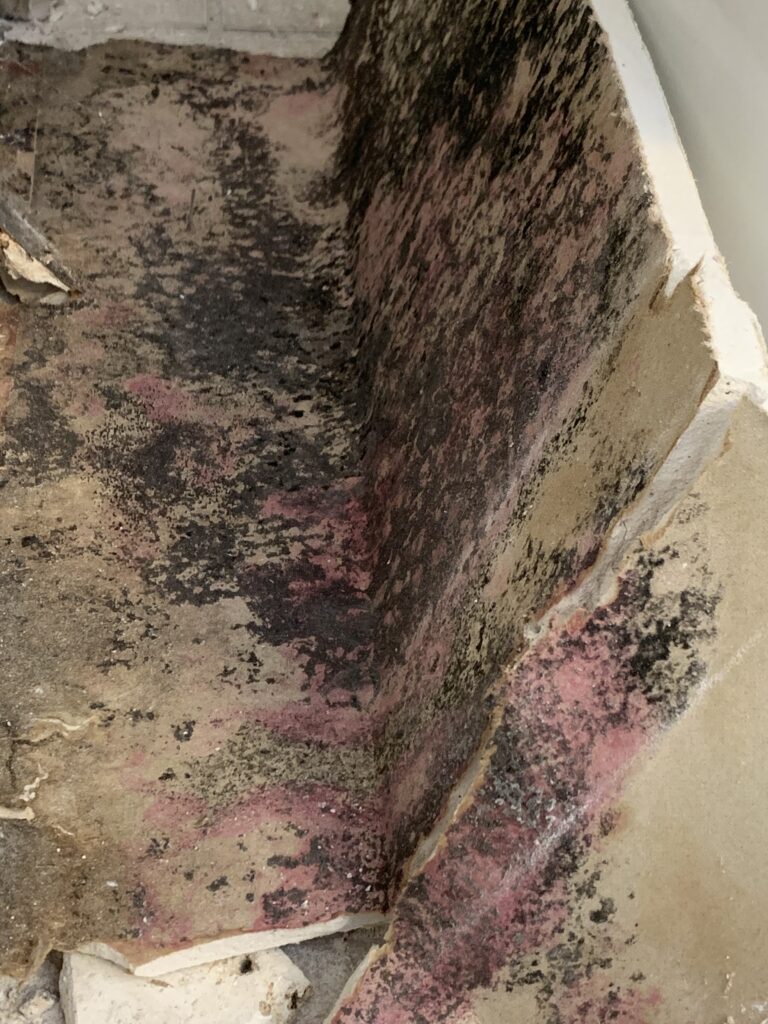
Why Mold Varies in Color
Mold color isn’t fixed and can change over time due to:
- Food source
- Humidity levels
- Light exposure
So, while the color may suggest a possible type, it should never be your sole diagnostic tool.
Regardless of the color, any mold in your home signals a moisture issue and should be professionally removed to prevent health risks and further property damage.
Common Mold Colors and What They Might Mean
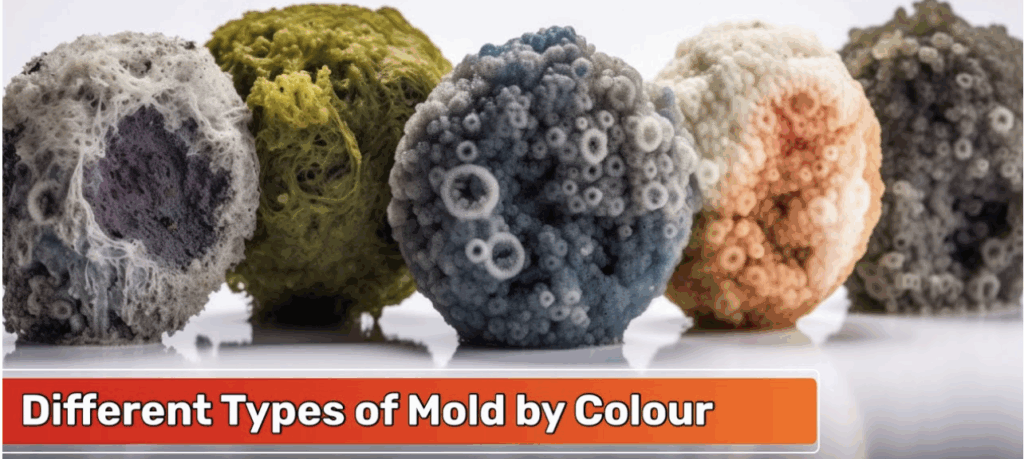
Green Mold
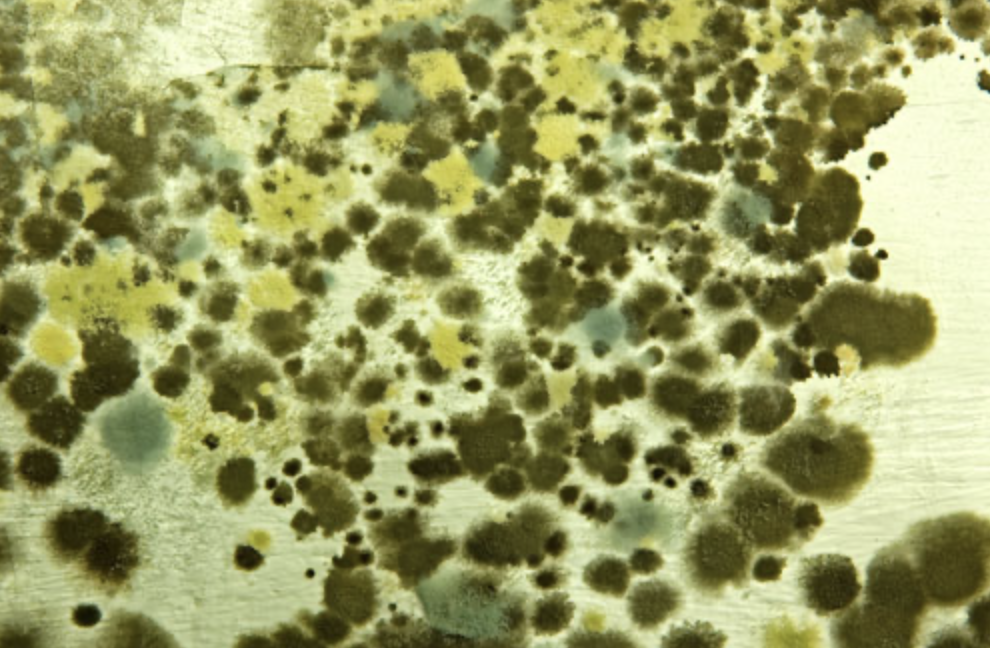
Green is one of the most frequently seen mold colors, but it can come from several different species:
- Aspergillus
A common mold found indoors and out. While we breathe in small amounts daily, heavy exposure—especially in those with weak immune systems—can lead to respiratory conditions like aspergillosis. - Penicillium
Known for its medical breakthrough in creating Penicillin, this mold can appear green on walls and spoiled food. Despite its medical use, it can cause severe allergic reactions if inhaled in large quantities. - Cladosporium
Often grows outdoors but can migrate inside. It tends to settle on walls, carpets, and insulation. Exposure may cause skin rashes, sinus infections, or eye irritation.
Black Mold
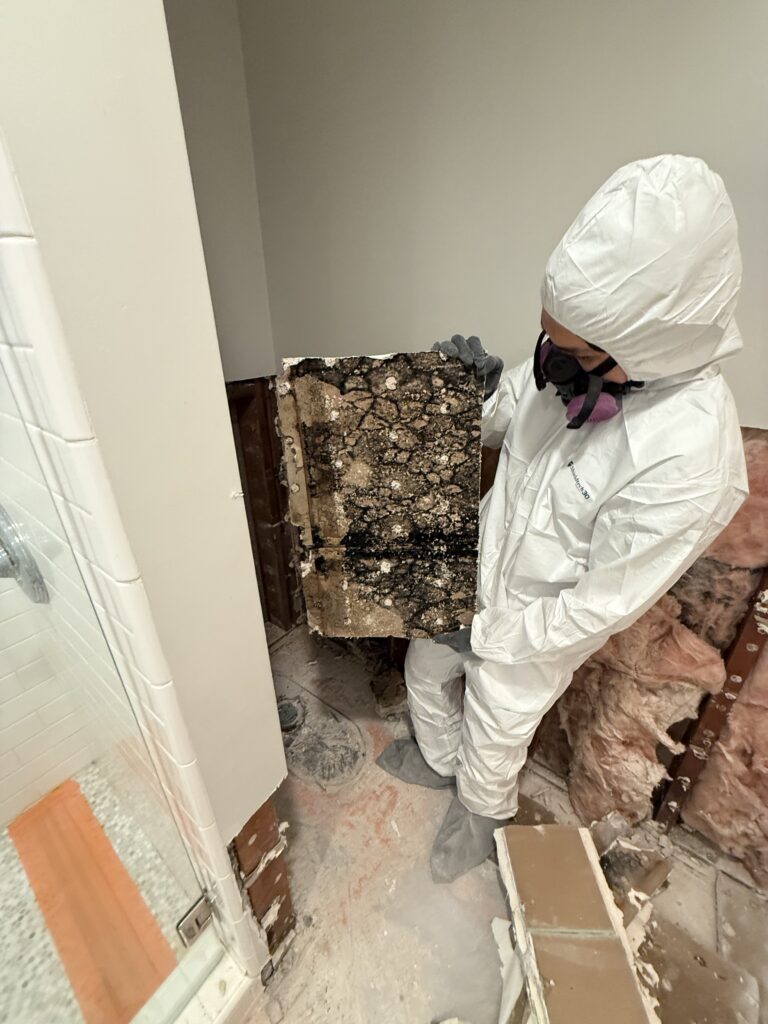
Not all black molds are toxic, but some are particularly hazardous:
- Stachybotrys chartarum (Toxic Black Mold)
The most dangerous variety, known for producing harmful mycotoxins. Grows in persistently damp areas like basements, near leaks, or on decaying wood. Health effects include headaches, rashes, respiratory issues, and in severe cases, blood toxicity. - Alternaria
Less dangerous but still a concern, especially for asthma sufferers. Usually found on damp surfaces both indoors and outdoors. - Aspergillus & Cladosporium
These molds can also appear black. Their health risks range from mild allergies to more serious respiratory concerns depending on the level of exposure.
White Mold
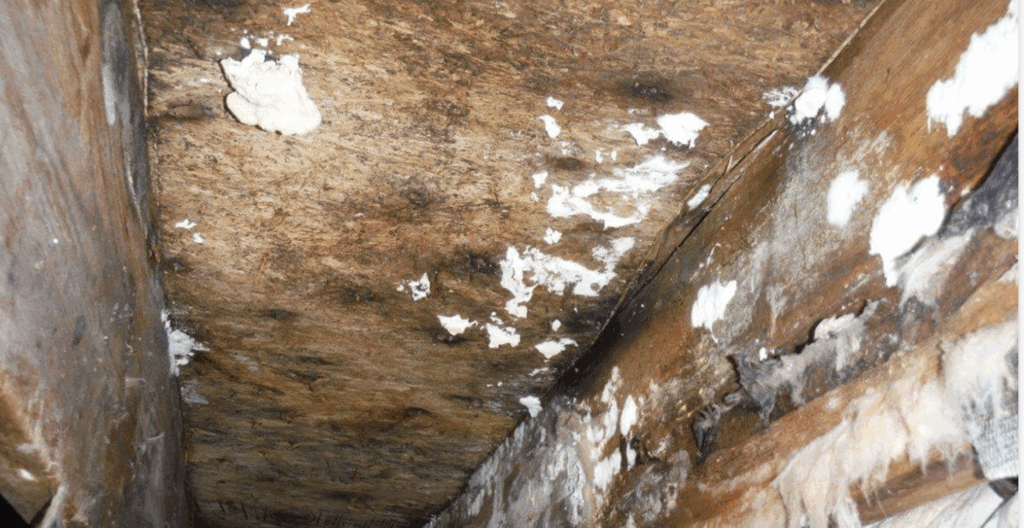
White mold is fairly common in damp areas of the home and may appear powdery or cotton-like:
- Chaetomium
A mold with a musty odor, often found on drywall or in attics and basements. - Penicillium
Can sometimes appear white, especially in early growth stages. - Alternaria
Another chameleon-like mold that may appear white depending on moisture and light levels.
Purple Mold
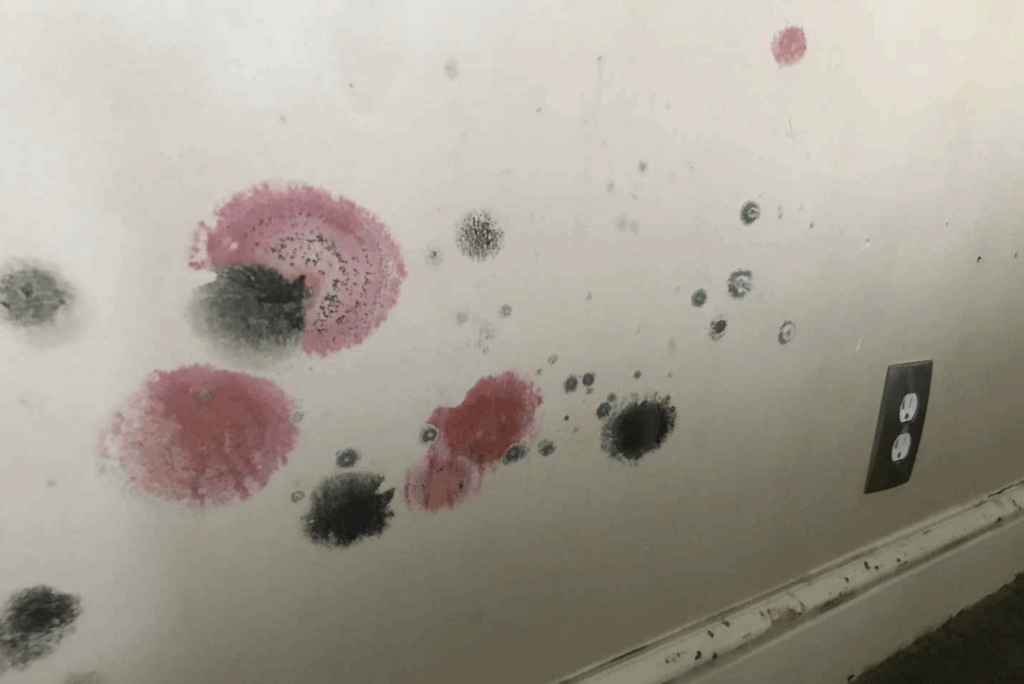
Rare but worth noting. If you spot purple mold, it may be a variant of Stachybotrys chartarum—the toxic black mold—so proceed with caution.
Blue Mold

Typically associated with Penicillium, especially on food or walls in damp environments. Though less toxic, it can still trigger allergic responses.
Despite the name, this isn’t technically mold—it’s a bacterium called Serratia marcescens. It thrives in moist places like shower curtains and bathroom tiles. Though generally harmless, it can occasionally lead to urinary or respiratory infections.
Yellow Mold
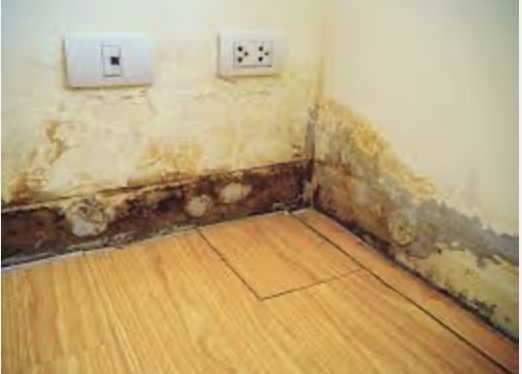
Yellow mold can sometimes signal structural risk or potential health issues:
- Aspergillus
Occasionally yellow in color and common in homes. - Serpula lacrymans
Poses a greater threat to your home’s structure than your health, feeding on wood and causing decay. - Epicoccum nigrum
Found on various household materials like drywall and carpets. - Geomyces pannorum
Grows in cool, damp environments—often seen in northern climates. - Yellow Slime Mold
Technically not a true mold, this brightly colored slime is toxic and should be avoided completely.
Red Mold

Red mold is often a temporary stage of other mold types, like Aspergillus. It can show up on drywall or wood exposed to water damage. On food, red mold is usually Neurospora.
Orange Mold

Usually found on wood surfaces—indoors and outdoors. While it doesn’t pose serious health threats, it can damage wooden structures over time.
Brown Mold
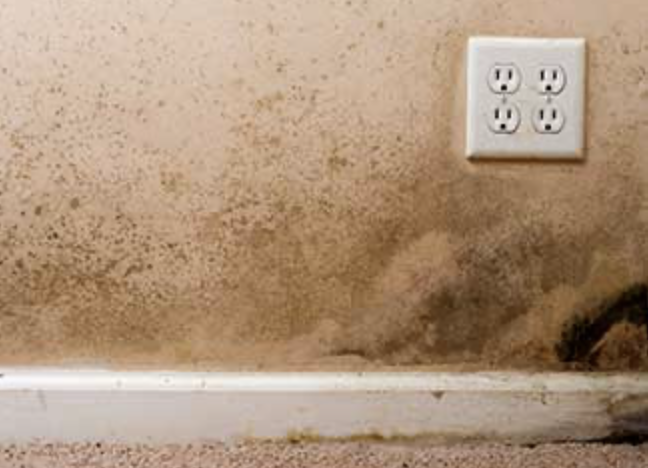
Brown molds can appear on walls, floors, and furniture, with a distinctive musty odor. Most are low-risk, but not all:
- Cladosporium, Aureobasidium pullulans, Pithomyces chartarum, Stemonitis
Common household molds that are generally low in toxicity. - Mucor
A dangerous exception—this fast-growing mold can lead to life-threatening infections like mucormycosis, especially in immunocompromised individuals.
Should You Test Mold by Color?
While mold color can offer some basic insights, it is not a substitute for professional identification. Mold testing involves sample collection and lab analysis to determine species and toxicity.
If you notice mold—no matter the color—the best step is to get a professional inspection to understand the full scope of the problem.
What to Do If You Find Mold in Your Home:
What to Do If You Find Mold in Your Home
- Don’t touch or disturb it
- Identify the source of moisture
- Ventilate the area if safe to do so
- Call a mold remediation specialist
For homes in Orange County and the Inland Empire, Mold Fix offers expert inspection and removal services. Don’t wait—mold only spreads with time.
Frequently Asked Questions
What is the most dangerous mold?
Stachybotrys chartarum, commonly known as toxic black mold, is considered the most harmful due to its mycotoxin production.
Can I prevent mold growth?
Yes—control humidity, improve ventilation, use dehumidifiers, and fix leaks promptly.
Is all mold harmful?
Not all molds are highly toxic, but even non-toxic molds can cause allergic reactions or worsen respiratory conditions.
When should I get professional mold testing?
If you’re unsure of the mold type or if it’s spreading quickly or affecting your health, it’s best to get professional testing.
Don’t ignore mold—protect your health and your home.
Contact Mold Fix today for expert mold removal in Orange County and the Inland Empire.
References:
- Centers for Disease Control and Prevention (CDC). (2021). Stachybotrys chartarum (Stachybotrys atra) ‘Black Mold’.
- Environmental Protection Agency (EPA). (2020). Cladosporium.
- Environmental Protection Agency (EPA). (2020). Aspergillus.
- Environmental Protection Agency (EPA). (2020). Penicillium.
- Environmental Protection Agency (EPA). (2020). Serpula lacrymans.
- Environmental Protection Agency (EPA). (2020). Fusarium.
• • Environmental Protection Agency (EPA). (2021). Mold Remediation in Schools and Commercial Buildings.